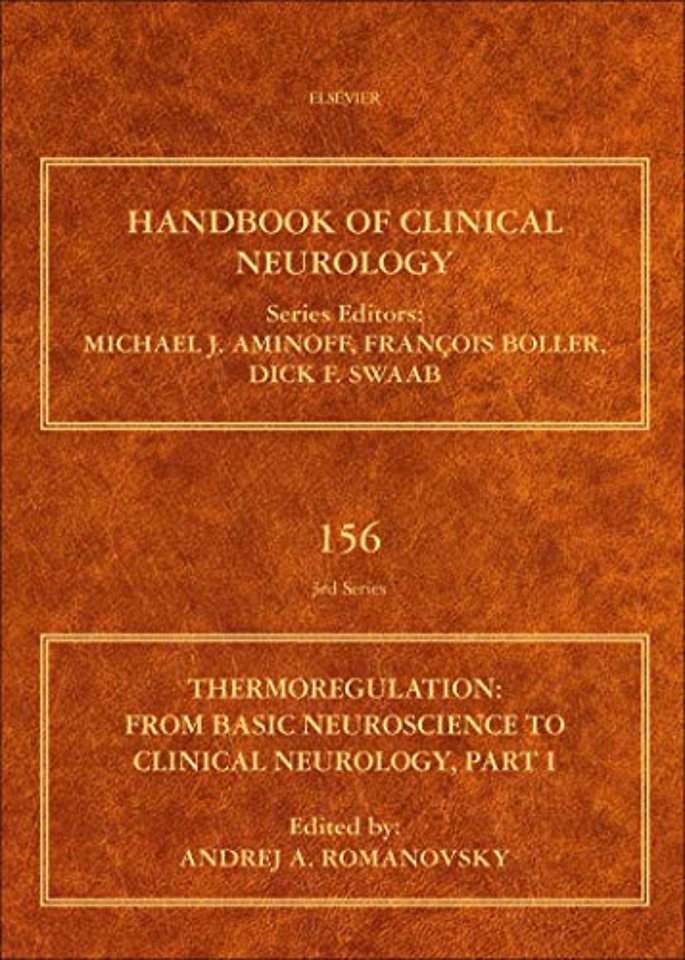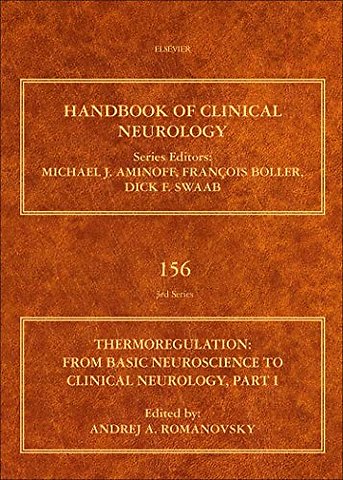Thermoregulation Part I
From Basic Neuroscience to Clinical Neurology
Samenvatting
Thermoregulation, Part I: From Basic Neuroscience to Clinical Neurology, Volume 154, not only reviews how body temperature regulation changes in neurological diseases, but also how this aspect affects the course and outcomes of each disease. Other sections of the volume review three therapeutic approaches that are aimed at manipulating body temperature, including induced hypothermia, induced hyperthermia and antipyretic therapy. The book is comprised of nine sections across two volumes, five dealing with the basic aspects of body temperature regulation and four dealing with the clinical aspects. Basic sections cover the Thermoregulation system, Thermoreceptors, Thermoeffectors, Neural pathways, and Thermoregulation as a homeostatic function.
In addition, the book covers the physiology and neuroanatomy of the thermoregulation system and provides descriptions of how the regulation of body temperature intervenes with other physiological functions (such as sleep, osmoregulation, and immunity), stress, exercise and aging. Basic sections serve as an introduction to the four clinical sections: Body Temperature, Clinical Significance, Abnormal Body Temperature, Thermoregulation in Neurological Disease and Therapeutic Interventions.

